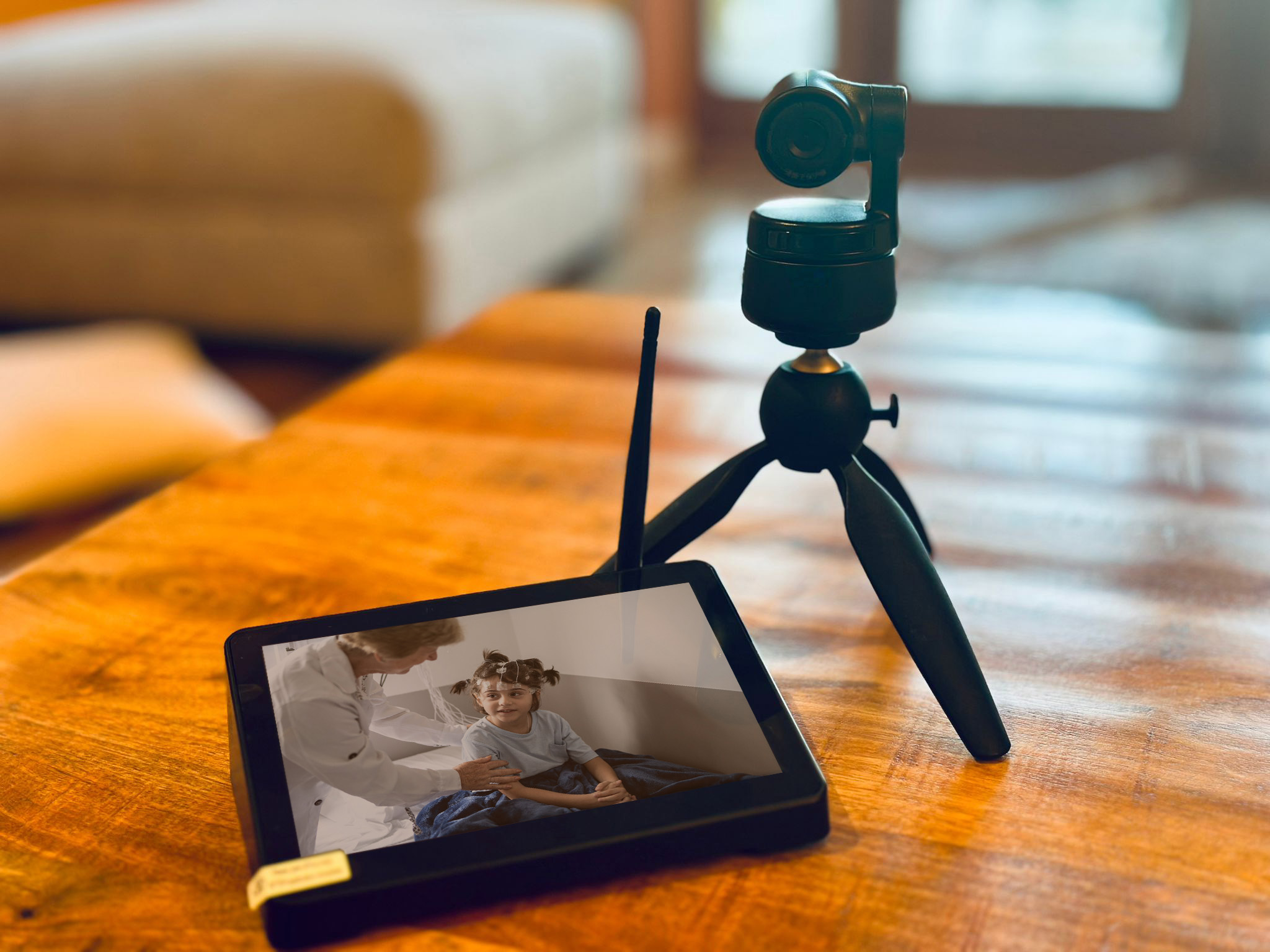- +1 800 433 4609
- |
- Request Info
- |
- Login
The New Wave of
EEG Monitoring.
Helping blaze a path toward better health.
For Patients
It's Time to Look at EEG Testing From a Whole New Perspective.
NeuroTrace helps improve the lives of patients by delivering convenient, high-quality, affordable video EEGs at home.

Convenient VEEG Testing for Patients.
NeuroTrace leads the way in long-term home-based video EEG. A technician come to your home to set up the test and provide assistance during the study period. NeuroTrace offers speed, comfort, and convenience that is not possible with inpatient EEGs. No need to take time off work to travel to a hospital.
Video EEG testing from your home is not just convenient, but also more accurate. Home setting is where signs and symptoms of seizure disorder and other neurological problems are most likely to occur. This means your doctor receives high quality data, in most cases superior to hospital-based testing, giving him or her a more correct picture of your condition.
VEEG Testing-What is it?
A video electroencephalogram (VEEG) is a painless test of brain activity. Using this test, doctors detect seizures or other conditions resembling seizures. You will wear 21 channel EEG cap with small disks with wires (called leads or electrodes) on your scalp. Each disk connects through its wire to an amplifier, a small device worn during the test, to read brain activity signals and record the information.
During the test, lasting a few days, a camera will record your movements. Your doctor will compare the audio and video with the EEG to find any abnormalities.
Why is a VEEG Performed?
When your physician sees your EEG and compares it with body movements shown on your video, he or she will be able to diagnose whether you have a condition such as a seizure disorder, head injury, encephalitis, memory difficulty, sleep disorder, stroke, or dementia. A video EEG test supplements brainwave data with video monitoring, so your doctor gets critical information on how your body movements may match your brain activity.
Why is the length of the test important?
Your doctor has ordered home EEG monitoring with video for the best chance to record an event such as a seizure while recording abnormal brain activity. You may have to wear the EEG electrodes for a few days so that the test can record an event. Keeping the EEG connected and staying within view of the camera is extremely important to record any event when it takes place.
The Cameras
Usually, two cameras will record your movements. One will watch from your sleeping area while the other will observe where you spend most of your awake time. The more information your doctor has to work with the better, so plan to stay in front of the camera as much as you can. Sound will also be recorded.
Our technician will check the equipment by internet periodically to make sure it is working properly. He or she will check at usually every 2-3 hours.
When the testing is finished a technician will return and remove all equipment. Expect your physician to have a diagnosis within seven business days.
Your results will become part of your confidential medical record, like laboratory tests. All communications are subject to HIPAA, a set of rules designed to protect patient confidentiality when dealing with the internet. We are concerned with your privacy.
How to Prepare for the Test
- Shower or bathe the night before, washing your hair. Do not use scalp or hair conditioners, gel, mousse, hair oils, or hairspray.
- Hair pieces and braids should not be worn.
- Wear a shirt or blouse with an opening in front for easy removal without being pulled over your head.
- Avoid putting anything onto or over your head.
Frequently Asked Questions
Are the camera and audio absolutely required?
Yes - video and sound are vital parts of the test. Reviewing the EEG data without audio and video cannot give your doctor a complete idea of what is happening. Picture and sound help your doctor get all the information he or she needs to diagnose you.
Will my family be recorded on video?
Anyone walking in front of the camera, will appear on the video. Remember, your doctor is only interested in video that captures your seizure or other symptoms.

